Happy Day of Yoga! International Day of Yoga is celebrated annually on June 21 since its inception in 2015 when it was declared unanimously by the United Nations General Assembly (UNGA).
The Indian Prime Minister Narendra Modi in his UN address suggested the date of 21 June as it is the longest day of the year in the Northern Hemisphere and shares special significance in many parts of the world. In his address he said, “It is not about exercise but to discover the sense of oneness with yourself, the world and nature. By changing our lifestyle and creating consciousness, it can help in well being.” This resolution was supported by 175 countries, including USA, Canada and China. This proposal has the biggest number of co-sponsors in the history of any UNGA resolution of such nature.
Yoga is a physical, mental and spiritual practice attributed mostly to India where it began more than 5,000 years ago. The word ‘yoga’ derives from Sanskrit and means to join or to unite, symbolizing the union of body and consciousness. Today it is practiced in various forms around the world and continues to grow in popularity.
Nowadays yoga has become very popular as a system of physical exercise all over the world. It is a popular activity among athletes, children and seniors too. Yoga has been proven to lower blood pressure and increase strength and flexibility. Yoga energizes our bodies and calms our minds. So let us add Yoga in our lives and stay healthy.
There are different kinds of yoga including; Hatha Yoga: a system of different physical exercises, Karma Yoga: actions done without any desire of the results, Mantra Yoga: chanting of certain sounds, Bhakti Yoga: devotional yoga, Gyana Yoga: gyana means knowledge and reality is discovered through insight, practice and knowledge using discriminative intelligence, Raja Yoga: sometimes called the “Royal Yoga” is inclusive of all yogas, and its philosophy goes beyond the boundaries of the many styles of yoga. Today it emphasizes the benefits of meditation for spiritual self-realization and the purposeful evolution of consciousness.
Also, there are eight limbs in yoga; Yama – Self-control, Niyama- Discipline, Asana – Physical exercises, Pranayama – Breath exercises, Pratyahara – Withdrawal of the senses from external objects, Dharana – Concentration, Dhyana – Meditation and, Samadhi – Complete Realization.
So celebrate International Day of Yoga by visiting a local yoga studio, practice at home with a DVD, online class or searching your t.v. You could even head out-of-doors to drop into downward facing dog. Invite a friend to yoga, meditate, do yoga somewhere different, at work you could practice some office yoga right at your chair, you could wear your yoga, try a new style or maybe read a book about yoga.
International Day of Yoga is not to be confused with World Yoga Day.
Michelle Anderson
michelleyoga.net
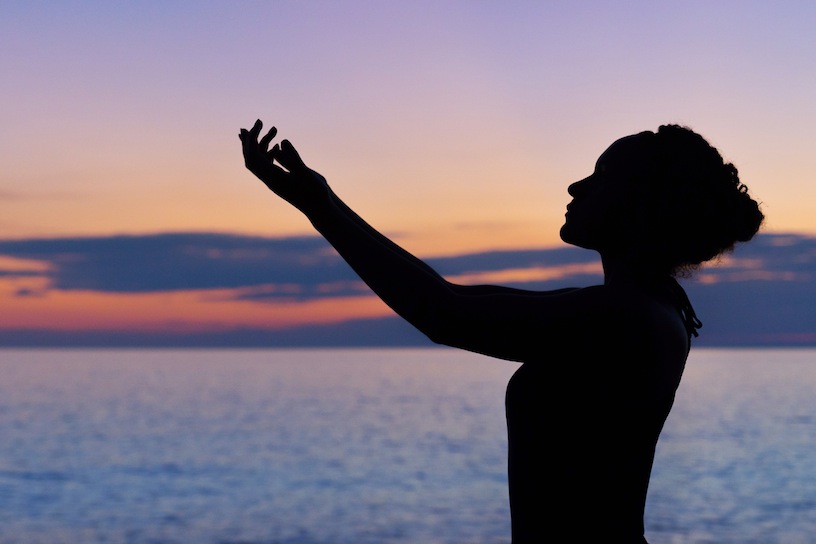

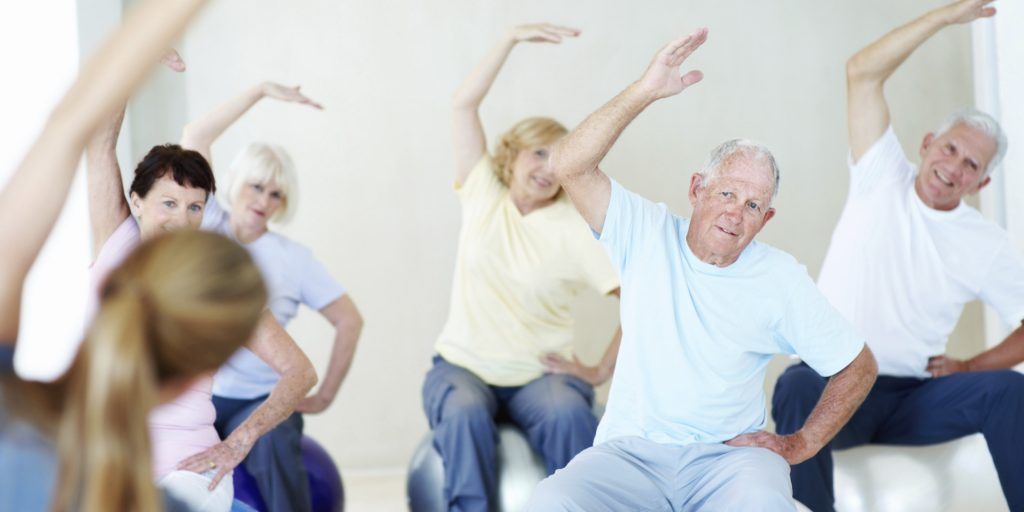
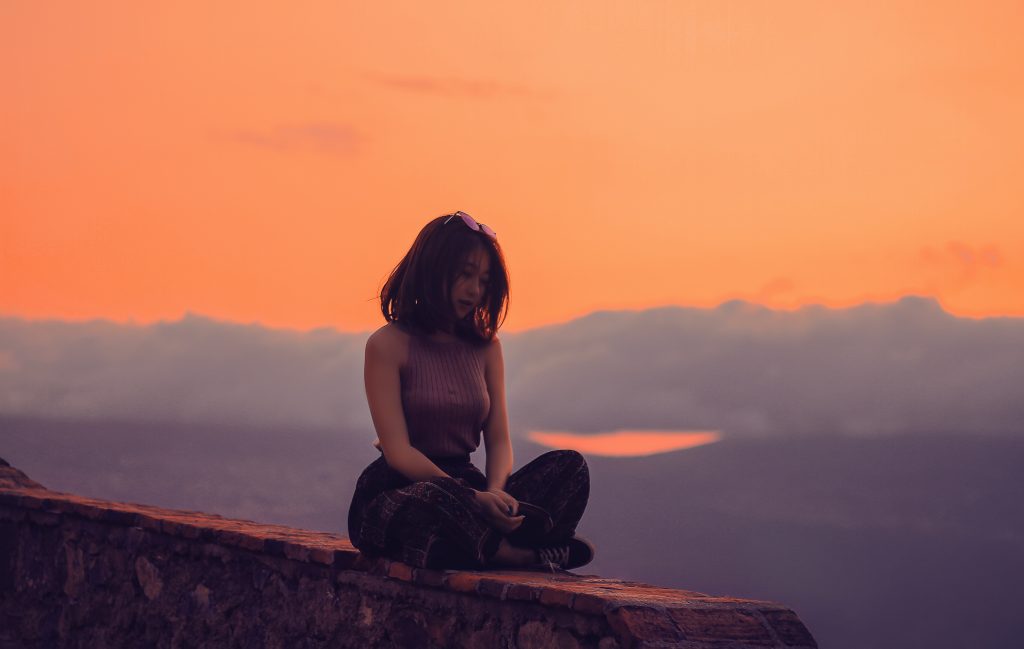
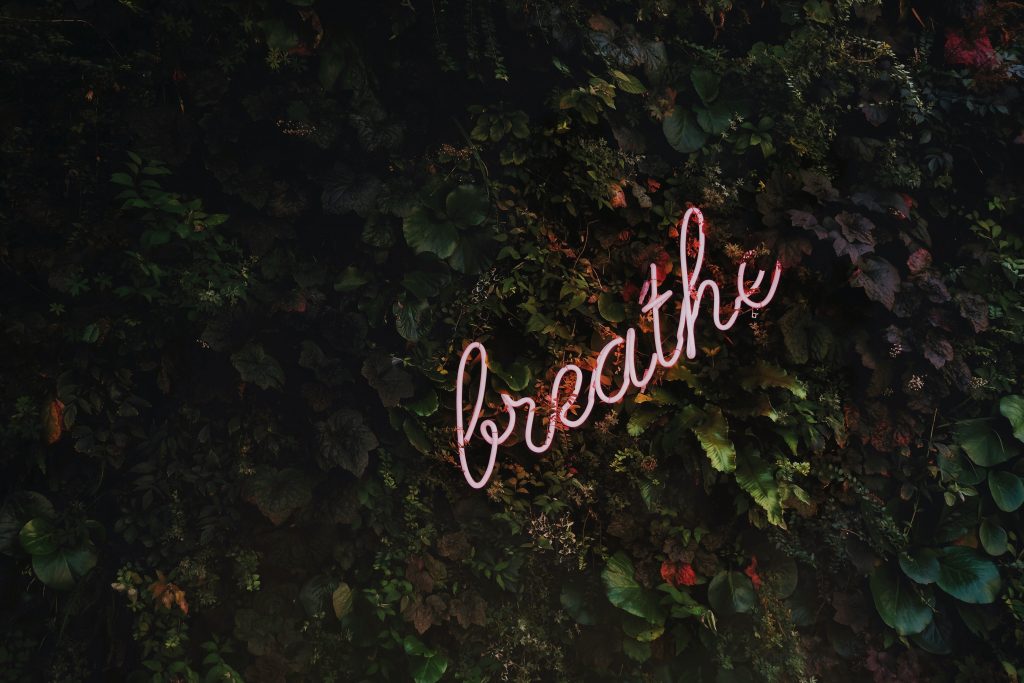
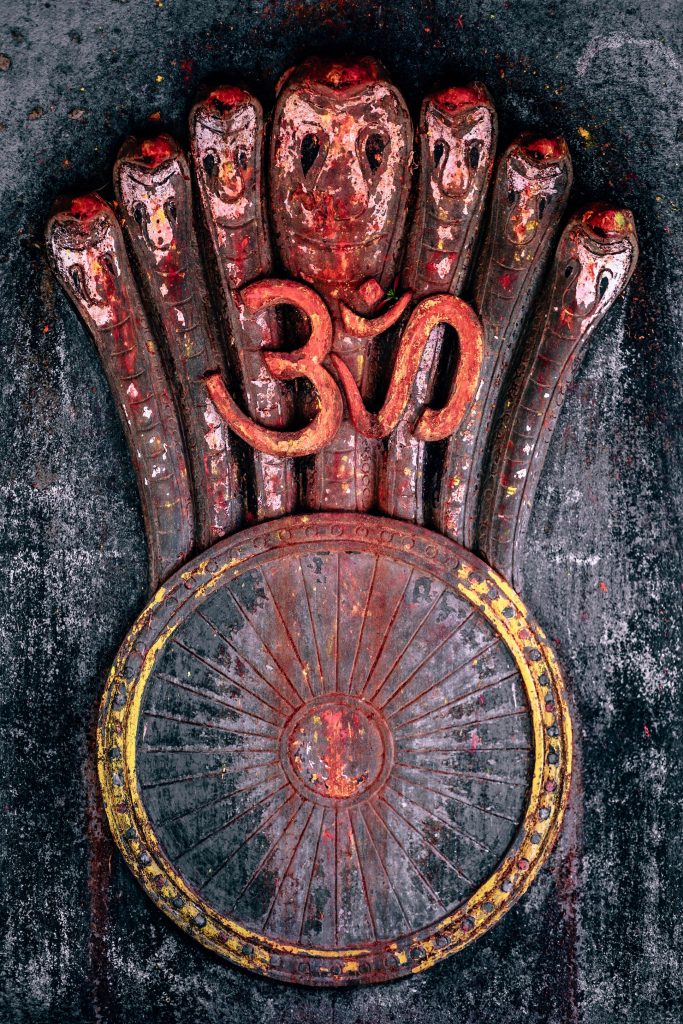
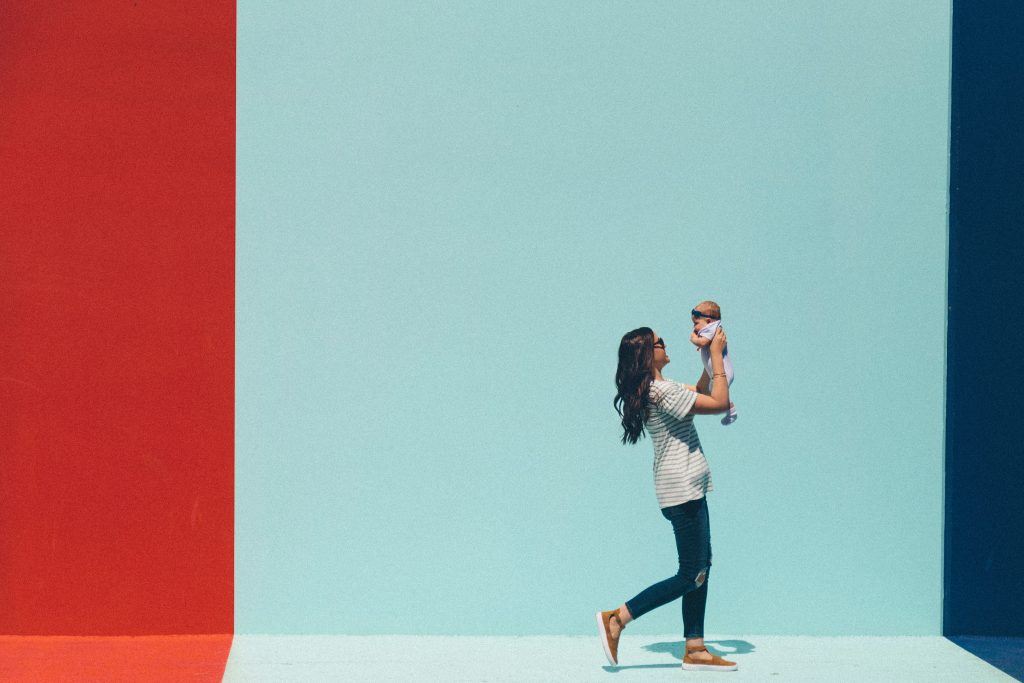
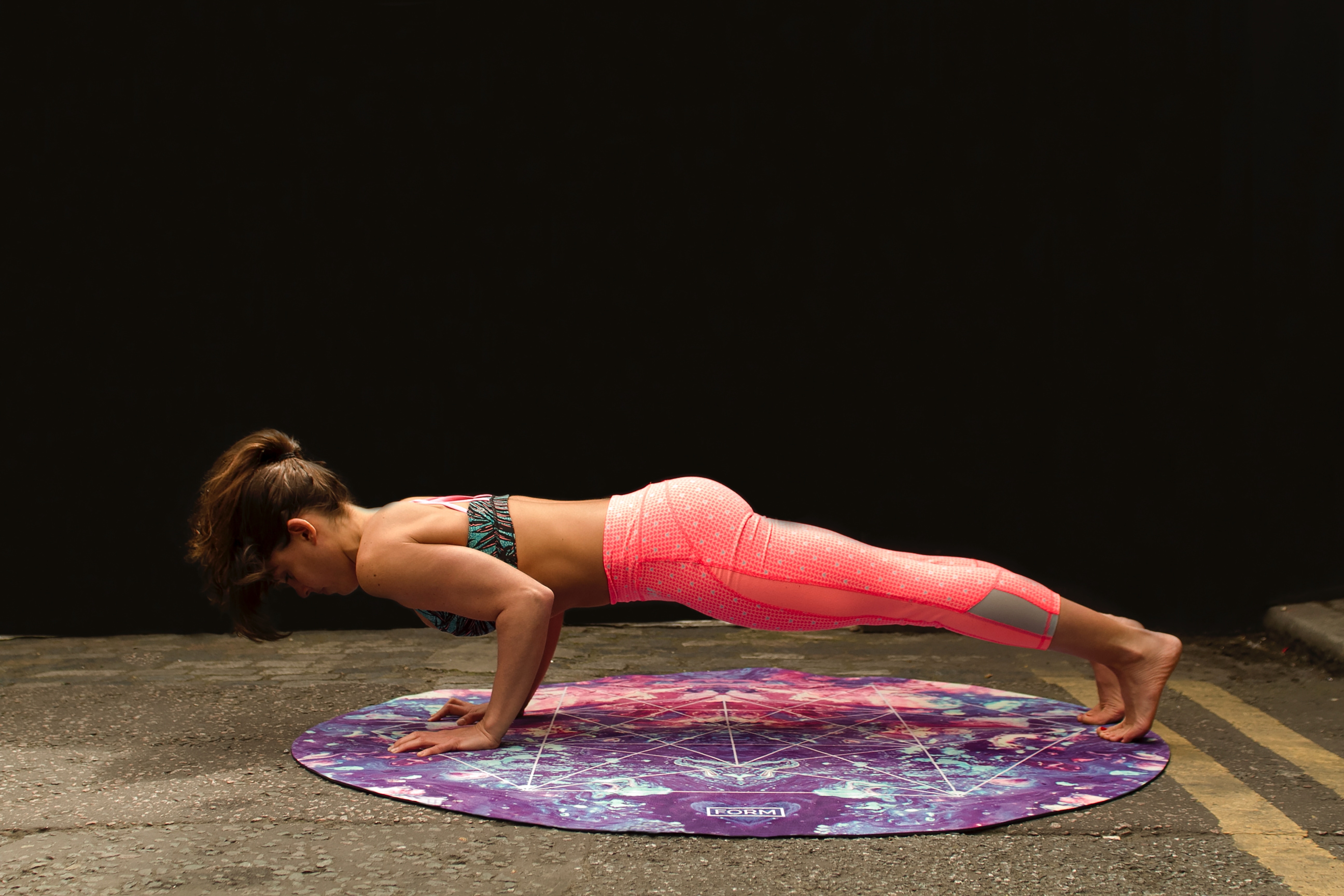 While I’ve only been teaching yoga for about a year-and-a-half, I’ve had the opportunity to lead all kinds of classes already. Multi-level, older adult, high school students, special needs students, elementary students, yin, Hatha, realignment, desk yoga, intermediate yoga, hot yoga, yoga for mom and baby, yoga for men and even floating yoga. But one style I’ve veered away from is power yoga.
While I’ve only been teaching yoga for about a year-and-a-half, I’ve had the opportunity to lead all kinds of classes already. Multi-level, older adult, high school students, special needs students, elementary students, yin, Hatha, realignment, desk yoga, intermediate yoga, hot yoga, yoga for mom and baby, yoga for men and even floating yoga. But one style I’ve veered away from is power yoga.